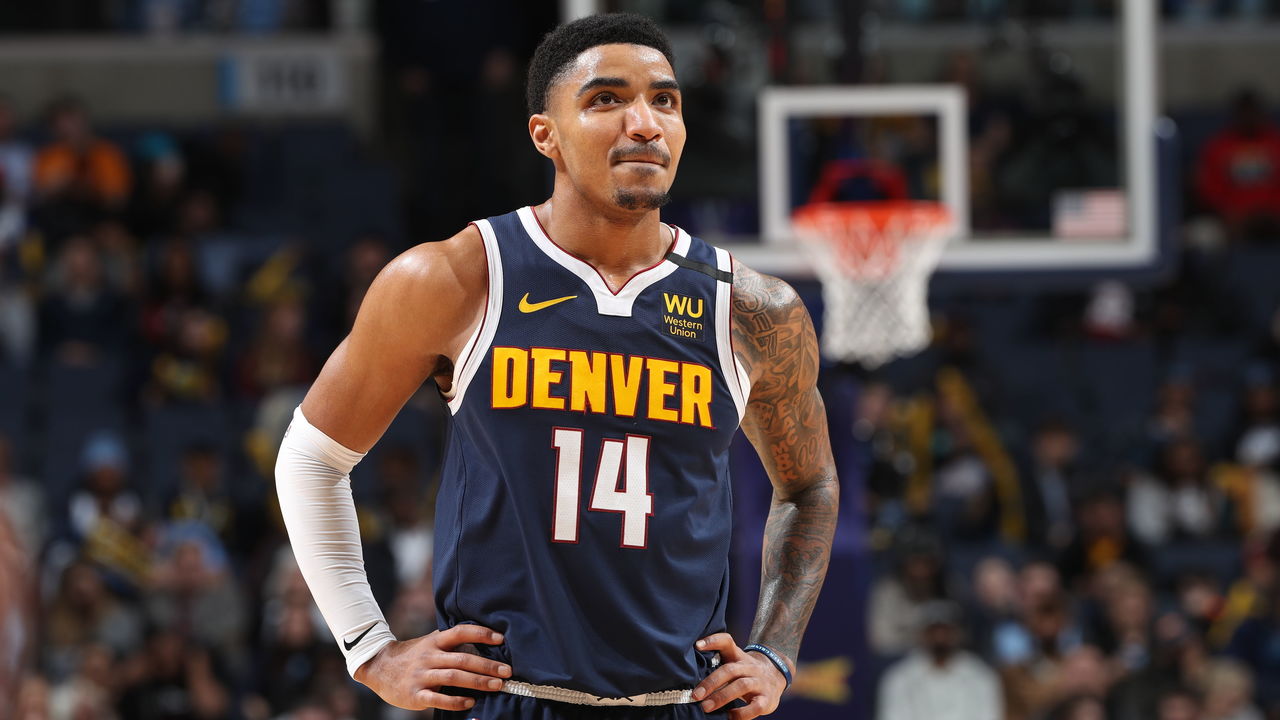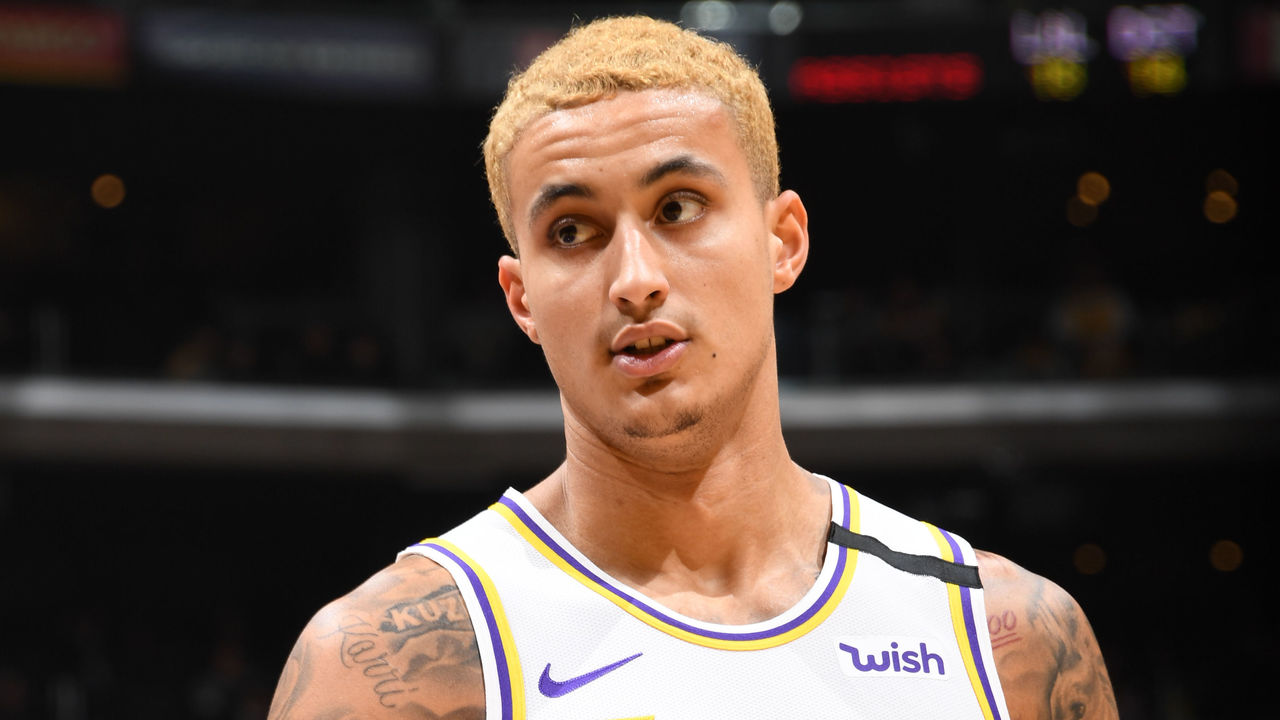5 NBA players who underachieved this season
Each season, several players fall short of their preseason expectations. Some struggle to adapt to their new surroundings, others regress as the mileage on their NBA odometers ramps up, and some are unable to overcome questionable on-court partnerships.
Considering the lofty expectations the five players mentioned below were expected to make during the 2019-20 campaign, their contributions this season are among the league's most disappointing.
Here are this season's biggest underachievers.
Mike Conley, Utah Jazz
Upon his arrival just before the 2019 draft, many Jazz fans felt the acquisition of Conley meant their team would compete against the Western Conference's upper-echelon clubs. Unfortunately, it's now abundantly clear that Conley hasn't helped Utah become a legitimate contender.
Conley has largely regressed in his first season with the Jazz. While a nagging hamstring injury likely had a role to play, the drop-off in his scoring, efficiency, and distribution numbers is jarring.
| Season | Age | MIN | PTS | AST | REB | STL | FG | 3FG | FT |
|---|---|---|---|---|---|---|---|---|---|
|
2018-19 |
31 | 33.5 | 21.1 | 6.4 | 3.4 | 1.3 | 43.8% | 36.4% | 84.5% |
|
2019-20 |
32 | 28.6 | 13.8 | 4.3 | 3.2 | 0.8 | 40.5% | 37.6% | 79.5% |
Further, the veteran point guard has failed to ease Donovan Mitchell's heavy offensive workload, as the pair have struggled to develop chemistry.
In fact, when Mitchell is on the court without Conley, the Jazz score 114.1 points per 100 possessions, which ranks in the 82nd percentile league-wide. However, when Conley operates without Mitchell on the floor, Utah's offense regresses, producing 107.9 points per 100 possessions (28th percentile).
Gary Harris, Denver Nuggets

Harris' game may have peaked at age 23.
After recording a career-high 17.5 points per game during the 2017-18 season, the Michigan State product's numbers have dipped once again in 2019-20. The 25-year-old is averaging just 10.4 points per contest, his lowest scoring output since his rookie campaign. As a starter on a Nuggets team that has aspirations of reaching the Western Conference finals, that production simply doesn't cut it.
The former 19th overall selection has struggled to produce as a reliable floor-spacer, shooting 33.3% from the 3-point arc - right around his mark in 2018-19. It seems as though there's no clear solution to get the once-promising guard back on track.
Al Horford, Philadelphia 76ers
Horford's first season with the 76ers hasn't gone the way both parties had hoped. At this point, the four-year, $109-million contract he received this past summer entering his age-33 campaign appears to be a gross overpay.
Horford's struggled to fit offensively alongside high-usage stars Joel Embiid and Ben Simmons, in addition to Tobias Harris. The veteran big has served as a roll man in pick-and-roll sets on 18.5% of his possessions this season, down from 30% in 2018-19 with the Celtics. He also scored just 1.04 points per possession in pick-and-rolls during 2019-20, compared to 1.15 per possession last season.
The fit between Horford and Embiid, in particular, is the most pressing concern regarding the Dominican's tenure in Philadelphia. In lineups featuring both big men, the 76ers score a paltry 101.1 points per 100 possessions (fifth percentile). But when the team trots out lineups with just one of them on the court, the script completely flips.
Lineups featuring Embiid without Horford produce 114.8 points per 100 possessions, while Horford-led lineups sans Embiid score a nearly-identical 114.7 points per 100.
Adding icing onto the unsavory cake, Horford is on track to finish the regular season with the lowest field-goal percentage of his career (44.2%).
Kyle Kuzma, Los Angeles Lakers

Kuzma's failed to be the reliable third scoring option behind LeBron James and Anthony Davis for the revamped Los Angeles Lakers, as he's struggled to get into a scoring rhythm in his first stint as a full-time reserve.
The former 27th overall pick is connecting on a team-worst 29.7% of his 3-point attempts. Considering Kuzma shoots 4.4 threes per game, that translates to one of the league's lowest efficiency marks this season. On a roster lacking complementary shot-creators, his inability to provide consistent bench scoring and floor-spacing is troubling.
However, Kuzma's struggles go much further than just his inefficient shooting. He's proved to be one of the NBA's least-effective all-around contributors, recording a team-worst -0.5 VORP and finishing with the 26th-lowest VORP league-wide.
For a player many expected to have a breakout year playing alongside high-usage stars in James and Davis, Kuzma hasn't lived up to the billing.
Myles Turner, Indiana Pacers
Turner hasn't taken the next step in his development like many expected him to this season. One of the game's elite shot-blockers who can both space the floor and thrive in the pick-and-roll, Turner's skill set should allow him to thrive in today's NBA.
However, he appears to have stagnated. Turner's scoring decreased to just 11.8 points per game this season, his lowest mark since his rookie campaign.
Even with frontcourt partner Domantas Sabonis initiating more offense around the rim, Turner hasn't capitalized on any additional looks. The fifth-year pro is attempting a career-high 4.2 treys per game but has connected on a below-average 33.6% of those looks.
Statistics courtesy of NBA.com, Basketball-Reference, and Cleaning The Glass.